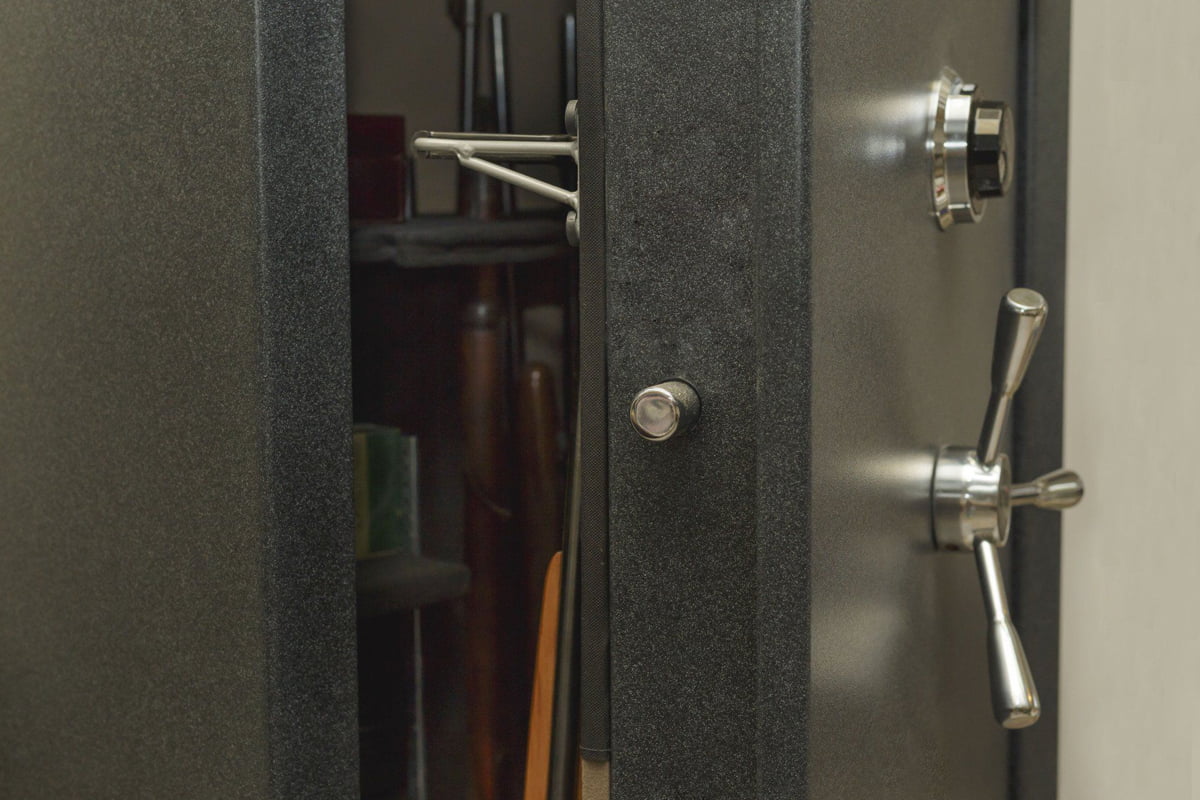What Is Code Denial
Code denial is a crucial security feature in the safe and lock industry that temporarily disables access codes in a lock system. This feature provides users with the ability to deactivate their codes for a specified period, effectively restricting access to the safe. By denying a code, the lock system ensures that the disabled code cannot be used to open the safe during the designated time frame.
Enhancing Security and Control
The primary purpose of code denial is to enhance security and control over access to the safe. It offers users the flexibility to manage access rights and restrict entry when necessary. For instance, if someone is going on vacation or wants to limit access to specific individuals, they can choose to deny their code temporarily. This prevents unauthorized individuals from using the code to gain entry.
Ideal for Multiple Users
Code denial is particularly useful in situations where multiple individuals have access to the safe, such as in commercial or institutional settings. It simplifies the management of access privileges and ensures that only authorized individuals can enter the safe.
Temporary Measure With Flexibility
Code denial is a temporary measure and can be reversed by re-enabling the code at a later time. This flexibility allows users to adapt their access rights according to their needs and maintain control over the safe.








